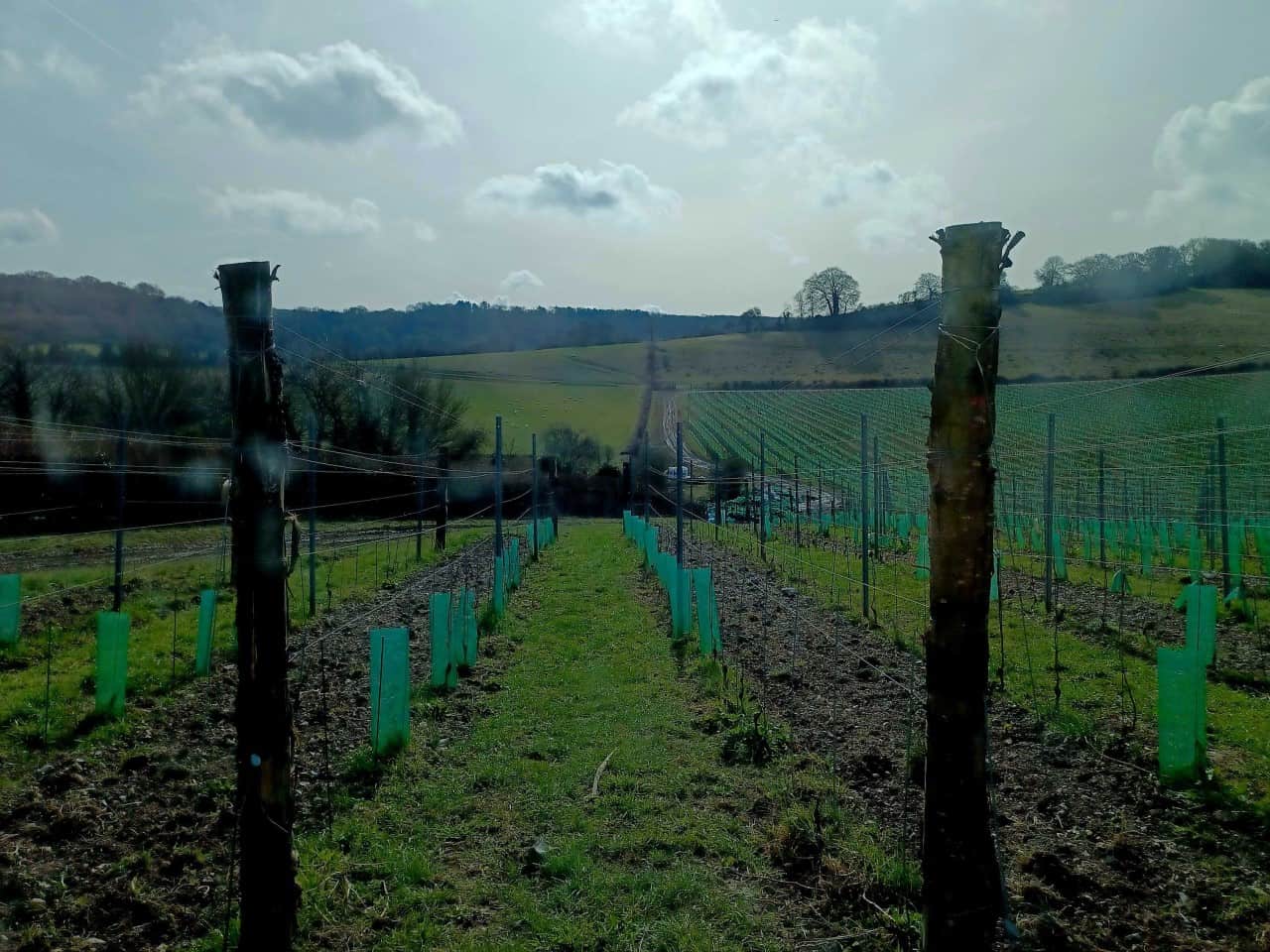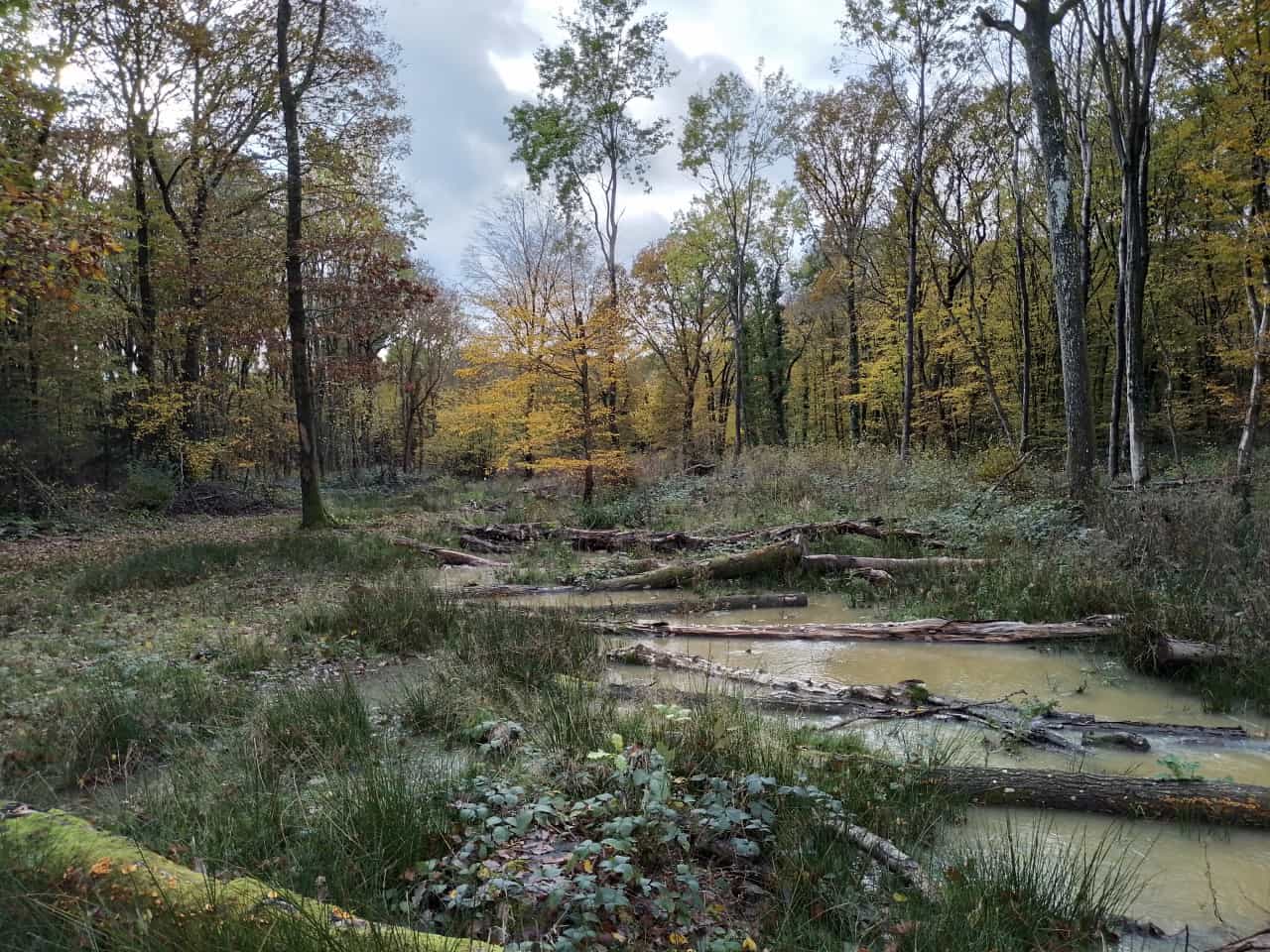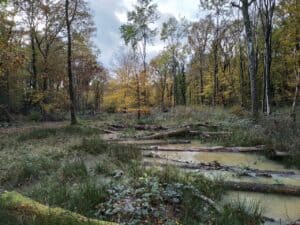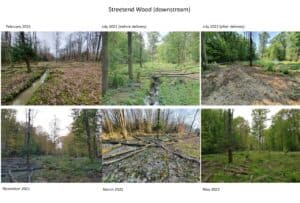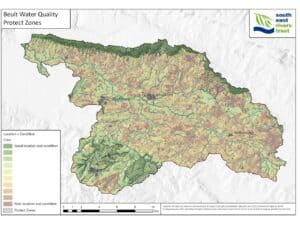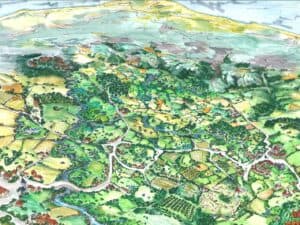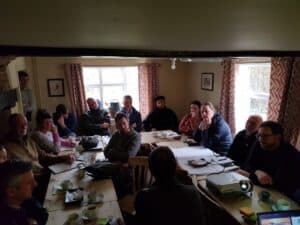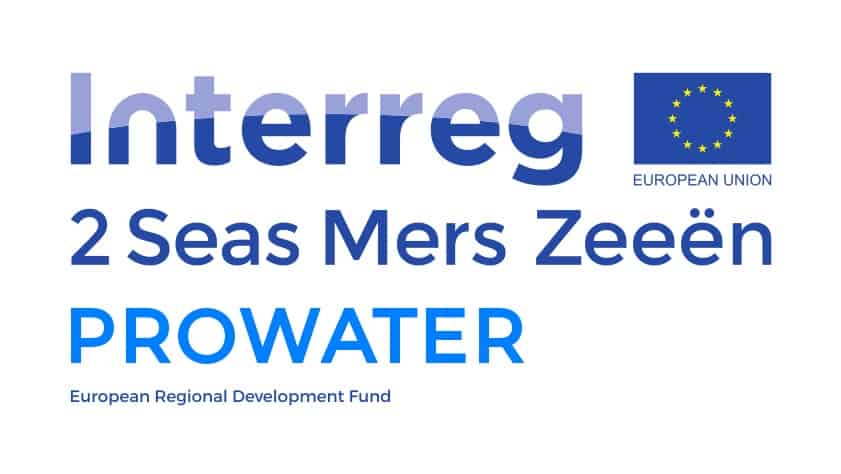On World Water Day, Dr Sam Hughes highlights our Holistic Water for Horticulture project, working with growers to make the most of every drop of water in the face of a changing climate which is likely to bring more droughts.
Last summer’s brutal drought was a stark indication that we are entering a “new normal” of hotter summers, milder wet winters and more frequent extreme weather events, from dry spells to intense rainfall.
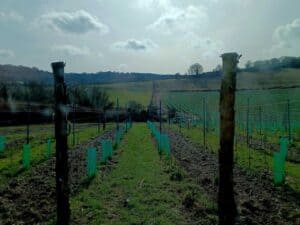
Climate change is real. Temperatures reached 40C for the first time in England last year. The south and east of England had the driest July on record. Rivers ran low. Wildlife, people and businesses all suffered.
The message for tackling the climate crisis from the Rivers Trust at the time was clear. We need: a faster, more coordinated government response to extreme weather impacts; investment in water infrastructure to reduce leakage; clear support and guidance on measures to reduce household consumption; and the need to build back wetter.
The National Drought Group’s leader Sir James Bevan, the Chief Executive of the Environment Agency, acknowledged the need for change on a massive scale:
“For the coming year and… for the coming decade, a complete gear change is needed for how water companies and all water users, from farmers to households, think about how they use water and understand its fundamental value.”
A wet winter, comprising five consecutive months of above average rainfall, might have lulled some into a sense of security in the short term. However, the driest February for 30 years has been a rude awakening to 2023, bringing the possibility of another period of drought for a horticulture sector in crisis, in a region of the country already classed as water stressed.
Working for water resilience, food security and environment
Water is the foundation of the horticulture sector and this is keenly felt in the drier, more crowded catchments of the South East, where lots of water is needed for a long time by a lot of farms.
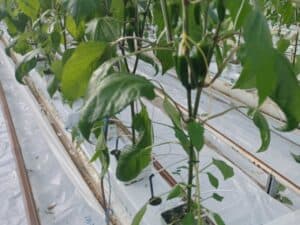
High value protected edible crops (soft fruit, tomatoes, peppers and cucumbers to name a few) require precision irrigation over a long growing season. Out in the open, newly planted fruit orchards should be irrigated to allow young trees to establish, thrive and produce crops to support and expand business.
During the 2022 drought, a lot of growers scaled back crop areas, which ultimately affects consumers through limited availability. Many supplemented irrigation with mains water, an expensive commodity that further eroded shrinking profit margins already squeezed by inflation, labour shortages, higher labour costs and inflexible supply contracts.
Is it any surprise that these circumstances have resulted in contraction across all UK food production sectors?
Innocuous terms like “scale back” and “contraction” belie the extreme hardship being felt by businesses across the sector, especially smaller ones. The vulnerability of domestic food security has been laid bare, set against a landscape of highly altered sourcing catchments unable to cope with climate change impacts. Without acting collectively in order to drive change to lessen such impacts, businesses, supply chains, communities and the natural environment will ultimately fail.
The Courtauld 2030 Water Roadmap was launched by WRAP, the Rivers Trust and the World Wildlife Fund to meet “the challenges we face in protecting critical water resources for food supply, for nature, and for local communities” in key sourcing catchments across the UK and abroad.
The Roadmap target is for 50% of the UK’s fresh food to be sourced from areas with sustainable water management by 2030.
The South East Rivers Trust (SERT) is keenly aware of the pressures the region’s horticulture sector faces to balance water resilience, food security and environmental needs while staying in business, through our work with the Holistic Water for Horticulture project (HWH), a Courtauld 2030 Water Roadmap project. This promotes a collective approach to water and land stewardship.
The answer to being able to respond to the impact of dry spells lies in how we capture, retain and use water from our wet periods.
The pathway to water resilience is clear:
- we need to build back better and wetter
- it is better to work together and proactively to reap bigger water resilience benefits
Helping landowners avoid drought
HWH uses remote data to map and identify areas of present and future water risk in the South East. This high level approach is vital for targeting engagement in high risk areas, to raise awareness of the challenges that growers and neighbouring landowners might face if droughts became a “business as usual” scenario.
HWH staff make site visits to discuss water challenges and potential site-tailored solutions that can, in some cases, bring multiple benefits.
Winter and high flows from rivers and rainfall from rooftops and polytunnels should be captured and stored for irrigation. Currently, rainwater from buildings and polytunnels can be harvested without a water abstraction licence, reducing dependence on expensive mains and diversifying water resources that support business resilience and growth.
Still a relatively new concept, water trading and sharing between water abstractors across a given area will result in a more dynamic water management landscape.
Nature-based solutions such as wetlands, scrapes, planting native flowers, shrubs and trees in areas that are prone to flooding can provide alternative sources of income (carbon credits, biodiversity net gain, stewardship schemes) to growers alongside cropping areas.
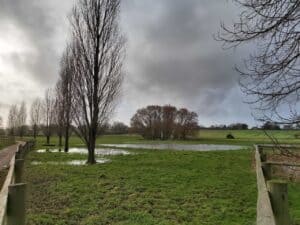
These measures benefit both nature and neighbours by slowing the flow from extreme rainfall events, mitigating flood and reducing soil erosion and damage to property.
Elsewhere across SERT’s work, we work to retain water in the landscape through projects such as PROWATER, one of 10 pilots supported by the Interreg 2 Seas European Regional Development Fund.
Working together instead of in isolation to address the many challenges that face the sector packs more of a punch. Farm clusters, producer organisations, cooperatives and abstractor groups can be powerful lobbies that share information and drive change across the sector.
These are the motors of change – for water resource management and large-scale delivery of measures, such as Landscape Recovery projects through Environmental Land Management Schemes (ELMS), that benefit growers.
By joining forces with environmental experts at SERT through projects like HWH and PROWATER, these powerful groups can identify, develop and deliver solutions and make connections with different water users and stakeholders across the catchment prepared to invest in measures and innovation that benefit them too.
- Are you a farmer or grower who would like advice on water resilience and management issues? Fill in our request form to book a visit from our experts.

